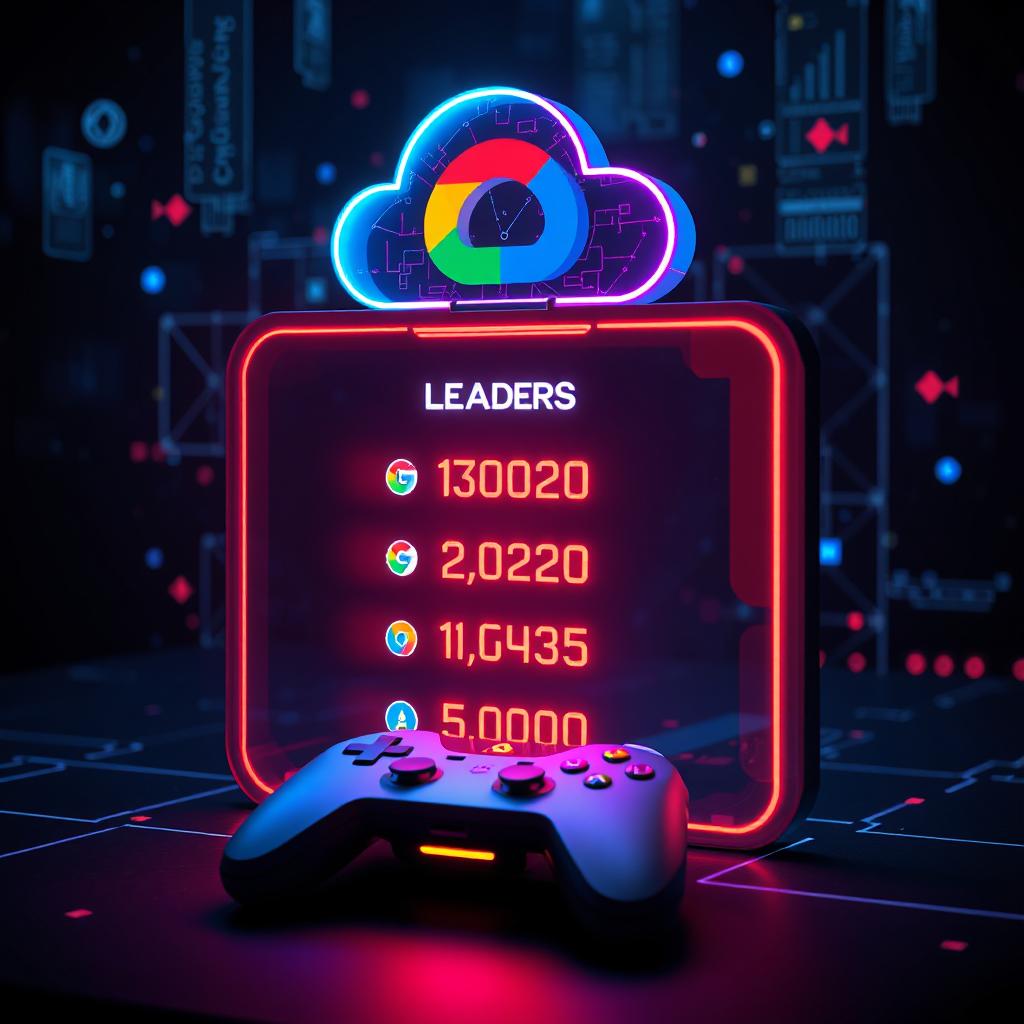Table of Contents
ToggleIntroduction
- The gaming industry has evolved significantly with the rise of cloud computing, making online gaming more immersive, scalable, and efficient. Google Cloud has emerged as a leading platform for game development, enabling developers to create high-performance games with real-time leaderboards and high-score tracking. This article delves into how Google Cloud helps manage high scores in gaming, its advantages, and best practices for implementation.
What is Google Cloud for Gaming?
- Google Cloud is a suite of cloud computing services that provides robust infrastructure, analytics, machine learning, and database solutions to support gaming applications. With its global network, developers can ensure minimal latency, high availability, and seamless user experience.
Key Features of Google Cloud for Gaming:
- Scalability: Supports large-scale multiplayer games.
- Low Latency: Global network infrastructure ensures smooth gameplay.
- Security: Advanced security measures protect game data and players.
- Machine Learning: AI-powered insights for improving gaming experience.
- Real-time Analytics: Helps track player behavior and high scores.
Importance of High Score Management in Games
High scores serve as a motivating factor for gamers, encouraging competition and engagement. Efficiently managing high scores requires:
- Real-time leaderboard updates
- Data consistency across multiple players
- Secure storage to prevent cheating
- Scalability to handle large user bases
Google Cloud offers several services to meet these requirements, ensuring high-score tracking is seamless and accurate.
Google Cloud Solutions for High Score Tracking
1. Cloud Firestore
- Cloud Firestore is a NoSQL document database ideal for storing and managing player scores. With real-time synchronization, it ensures that high scores are instantly updated across all connected players.
Benefits:
- Real-time data sync
- Serverless architecture
- Easy integration with gaming backends
2. Google Cloud Spanner
- For large-scale multiplayer games, Cloud Spanner provides a highly available and globally distributed database system. It ensures consistency and supports SQL-based queries.
Benefits:
- High availability
- Strong consistency across regions
- Supports complex queries
3. Google Cloud Functions
- Google Cloud Functions can be used to update leaderboards dynamically by triggering functions when a player achieves a new high score.
Benefits:
- Event-driven execution
- Automatic scaling
- Seamless integration with Firebase and Cloud Storage
4. Firebase Realtime Database
- Firebase provides a lightweight and efficient way to manage high scores in real time. It is particularly useful for mobile and casual games where quick updates are essential.
Benefits:
- Simple API integration
- Real-time updates
- Low-latency performance
5. BigQuery for Data Analysis
- BigQuery helps analyze high-score trends, player behavior, and game performance. Developers can use machine learning models to detect fraudulent high scores and prevent cheating.
Benefits:
- Serverless data analytics
- Advanced querying capabilities
- AI and ML integration for fraud detection
Implementing a High Score System Using Google Cloud
Step 1: Setting Up Firebase or Firestore Database
- Create a Firebase project.
- Set up Firestore or Firebase Realtime Database.
- Define a data structure for storing player scores.
Step 2: Implementing Real-time Leaderboards
- Use Firestore’s real-time sync feature.
- Create Cloud Functions to update leaderboards automatically.
- Rank players based on high scores and display them in real time.
Step 3: Preventing Cheating and Score Manipulation
- Validate scores using Cloud Functions.
- Implement rate-limiting to prevent spam entries.
- Use BigQuery to detect anomalies in score patterns.
Step 4: Optimizing Performance
- Use caching mechanisms for frequently accessed data.
- Utilize Cloud Spanner for high availability.
- Deploy in multiple regions to minimize latency.
Best Practices for Managing High Scores on Google Cloud
- Use Indexed Queries: Optimize database queries for faster retrieval.
- Implement Security Rules: Prevent unauthorized score modifications.
- Use Data Replication: Ensure consistency across multiple regions.
- Monitor Performance Metrics: Utilize Google Cloud Monitoring for real-time insights.
- Automate Data Backups: Use Cloud Storage to back up leaderboard data.
Future Trends in Cloud Gaming and High Score Management
- AI-powered leaderboards: Machine learning models predicting player rankings.
- Blockchain for Score Security: Immutable records preventing score manipulation.
- Edge Computing: Reducing latency by processing data closer to players.
- Cross-platform Leaderboards: Syncing scores across mobile, PC, and console games.
Conclusion
- Google Cloud offers a robust and scalable solution for managing high scores in games. With services like Firestore, Spanner, Cloud Functions, and BigQuery, developers can create real-time leaderboards that enhance player engagement and competition. By implementing best practices, game developers can ensure security, performance, and seamless user experience.
- By leveraging Google Cloud’s advanced infrastructure, gaming companies can not only enhance player satisfaction but also optimize game analytics and security. As technology evolves, integrating AI and blockchain into high-score management will further revolutionize gaming experiences.






